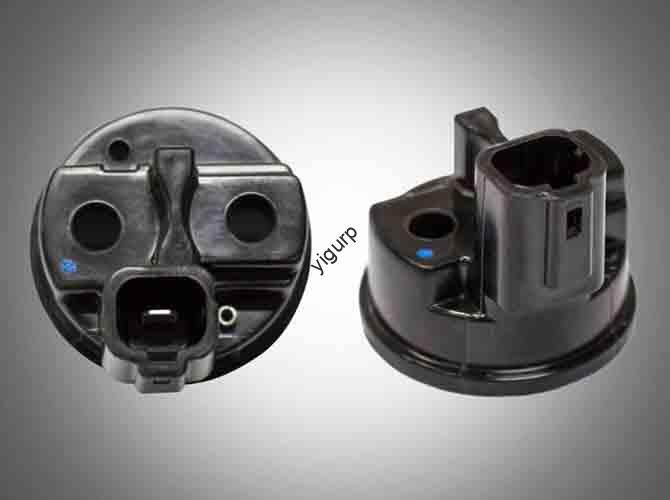When it comes to 3D printing materials, polypropylene (PP) is quickly rising to the top. But why is this material becoming a favorite for engineers and manufacturers? Let’s break down its key traits, application benefits, and how it’s transforming industries.
1. Core Material Characteristics of 3D Printing PP
PP isn’t just another 3D printing material—it stands out for its unique physical and chemical properties. The table below summarizes its most important features:
| Characteristic | Description | Industry Relevance |
| Low Density & High Strength | Density as low as 0.90 g/cm³, yet strong enough to meet most industrial loads. | Ideal for lightweight parts (e.g., automotive brackets, medical devices). |
| Strong Chemical Resistance | Resists acids, alkalis, and many organic solvents without degradation. | Critical for chemical storage components and medical tools. |
| Excellent Fatigue Resistance | Maintains performance even after 10,000+ cycles of stress. | Perfect for high-frequency use parts (e.g., hinges, valves). |
2. Application Advantages of 3D Printing PP
Compared to traditional manufacturing (like injection molding) and other 3D printing materials (like PLA or ABS), 3D printing PP offers three unbeatable benefits:
2.1 Manufacture Complex, Custom Parts
PP has great fluidity during printing—meaning it can fill fine gaps and form intricate shapes easily. For example:
- A medical device company used 3D printing PP to create custom orthopedic insoles. Each insole matches a patient’s foot shape (thanks to 3D scanning), and PP’s flexibility ensures comfort.
- An automotive supplier printed a PP airflow manifold with internal channels that would be impossible to make with injection molding.
2.2 Shorten R&D Cycles by 50%+
Traditional manufacturing requires mold creation, which can take 4–8 weeks. With 3D printing PP:
- Design a digital model (1–2 days).
- Print a physical prototype (4–24 hours).
- Test and iterate—no mold changes needed.
This speed lets teams launch products 2–3 times faster.
2.3 Cut Costs Across the Board
Where does the cost savings come from? Let’s compare:
| Cost Factor | Traditional Manufacturing (Injection Molding) | 3D Printing PP |
| Mold Costs | \(5,000–\)50,000 per mold | $0 (no molds needed) |
| Material Waste | 20–30% (scrap from trimming) | 5–10% (only uses needed material) |
| Inventory Costs | Need to stock finished parts | Print on-demand (reduce stock levels) |
3. Why 3D Printing PP Beats Other Materials?
You might ask: “Why not use PLA or ABS instead?” Here’s a quick comparison:
- PLA is cheap but brittle and not heat-resistant.
- ABS is strong but releases toxic fumes and needs a heated enclosure.
- PP? It’s flexible, chemical-resistant, and easy to print—no special equipment required. It’s like choosing a multi-tool over a single-purpose gadget.
4. Yigu Technology’s Perspective
At Yigu Technology, we’ve seen 3D printing PP become a go-to for clients in medical, automotive, and consumer goods. Its balance of strength, light weight, and cost-efficiency aligns with modern manufacturing’s need for flexibility and sustainability. We often recommend PP for custom parts and rapid prototyping, as it helps clients turn ideas into products faster than ever. It’s not just a material—it’s a solution for faster, smarter production.
FAQ
- Is 3D printing PP compatible with most 3D printers?
Yes! Most FDM (Fused Deposition Modeling) printers work with PP filaments, though using a heated bed (50–60°C) helps prevent warping.
- Can 3D printed PP parts be recycled?
Absolutely. Like regular PP, 3D printing PP scraps or old parts can be melted down and reused to make new filaments, supporting sustainability.
- What’s the typical lifespan of a 3D printed PP part?
It depends on usage, but PP’s fatigue resistance means parts can last 5–10 years in low-stress applications (e.g., consumer goods) and 2–5 years in high-stress uses (e.g., automotive parts).
